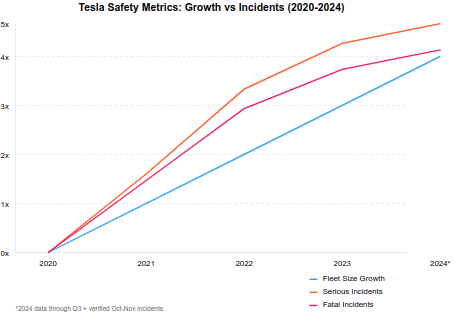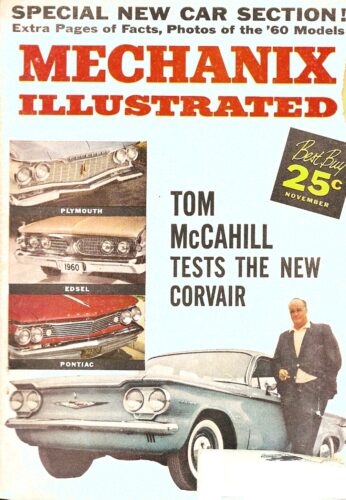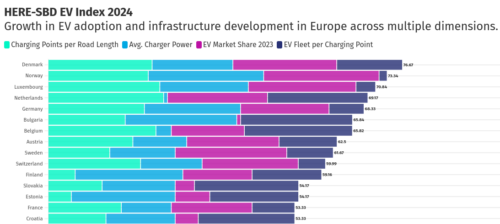Russia’s lone veto of a Sudan ceasefire (1-14 UN vote) last week follows a pattern of infrastructure manipulation — one that provides a warning about cryptocurrency’s growing control over American power grids. In Sudan, Russia profits from gold market chaos while blocking peace. In America, crypto operations fight oversight while gaining unprecedented control of power infrastructure. The parallel is clear: using critical infrastructure for political leverage while building shadow financial networks.
From Gold to Grid
Russia’s strategy in Sudan is brutally effective: maintain political chaos to control resource extraction while cynically preaching “sovereignty.” By arming both the Rapid Support Forces (RSF) and Sudanese Armed Forces (SAF) in their civil war, Russia secures gold extraction and port access while creating untraceable channels for moving money outside Western oversight. Over 10 million displaced civilians, and research from the London School of Hygiene and Tropical Medicine estimating more than 26,000 violent deaths in Khartoum alone between April 2023 and June 2024, show the spiraling human cost of this cruel profit scheme.
Now cryptocurrency’s evolution in America follows the same deadly playbook of undermining safety for profit:
Phase 1: Infrastructure Control
- ERCOT reports 41 gigawatts of crypto mining capacity requests in Texas. For simple comparison, this equals roughly half of Texas’s total grid capacity, threatening grid stability for critical services and millions of homes.
- Current U.S. crypto mining uses 25-91 terawatt-hours annually (equivalent to entire states)
- Industry actively blocks EIA’s attempts to collect energy consumption data
Phase 2: Shadow Financial Networks
- Like Russia’s gold trade, or blood diamonds, crypto creates untraceable financial channels
- Industry fights basic transparency requirements
- Strategic concentration in vulnerable grid areas for maximum leverage
Phase 3: Political Capture
- Moving from obstruction to active elimination of oversight
- Using infrastructure control as political leverage
- Funding campaigns to dismantle regulatory frameworks
Putin’s Playbook in Action
In Sudan, Russia’s approach exposes their strategy: claim to fight “colonialism” while actually colonizing through chaos. They maintain puppet influence while stirring violence, creating opportunities to undermine local authority through:
- Resource extraction (gold mines, ports)
- Secret trade networks (sanctions evasion)
- Diplomatic leverage (UN veto power)
- Infrastructure control (both military and economic)
The cryptocurrency industry follows this same pattern domestically. While claiming to fight for “financial freedom,” they’re actually building concentrated control over critical infrastructure. In Texas alone, their 41 GW of mining requests represents unprecedented leverage over the power grid – especially concerning given crypto industry’s millions in political donations to state officials overseeing grid policy.
National Security Implications
Energy Secretary Granholm has expressed that projected 15% increases in electricity demand by 2050 “literally” keep her up at night. But the immediate threat isn’t just about capacity — it’s about control and who profits from chaos.
The industry’s progression from resisting oversight to actively funding its elimination mirrors Russia’s approach: create crisis, build parallel financial networks, and convert infrastructure control into political power.
Infrastructure as Political Weapon
Like Russia’s exploitation of Sudan’s gold, cryptocurrency operations are transforming American infrastructure into a political weapon. Their concentrated control in vulnerable grid areas combined with active resistance to transparency creates both direct infrastructure leverage and political influence. The goal isn’t profit — it’s power.
The EIA’s estimate of 0.6-2.3% of U.S. electricity consumption deliberately understates their true leverage, given their strategic positioning and successful obstruction of data collection. Like Russia hiding gold trades, crypto hides its true footprint.
Warning Signals
When Russia vetoes peace in Sudan while profiting directly from gun violence and limited government, they expose how infrastructure capture really works. Create chaos, promise freedom, seize control. The cryptocurrency industry uses identical tactics especially in Texas: fight “government overreach” while building unprecedented private control over American infrastructure.
The stakes couldn’t be higher. Just as Russia’s “anti-colonial” rhetoric in Sudan masks deadly exploitation, cryptocurrency’s “financial freedom” claims hide a systematic effort for unaccountable elites to seize America’s critical infrastructure. Sudan today shows us America’s tomorrow if we continue allowing private interests following an authoritarian playbook to drive the political narratives.
Sources:
EIA Today in Energy
Utility Dive Report
Reuters on Russia’s Restrictions
The Heatmap












